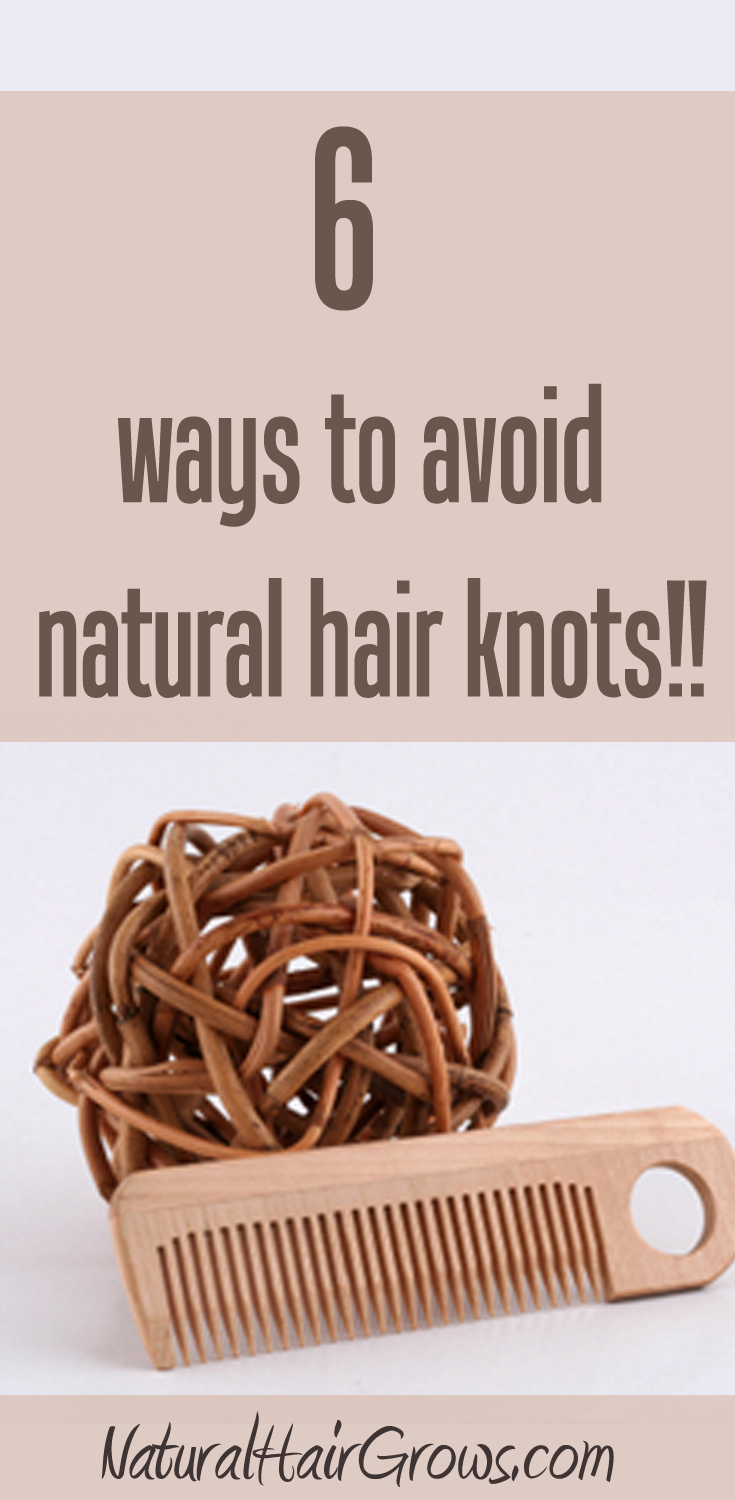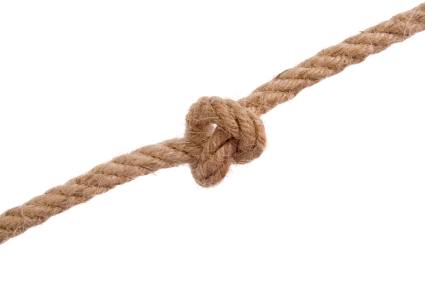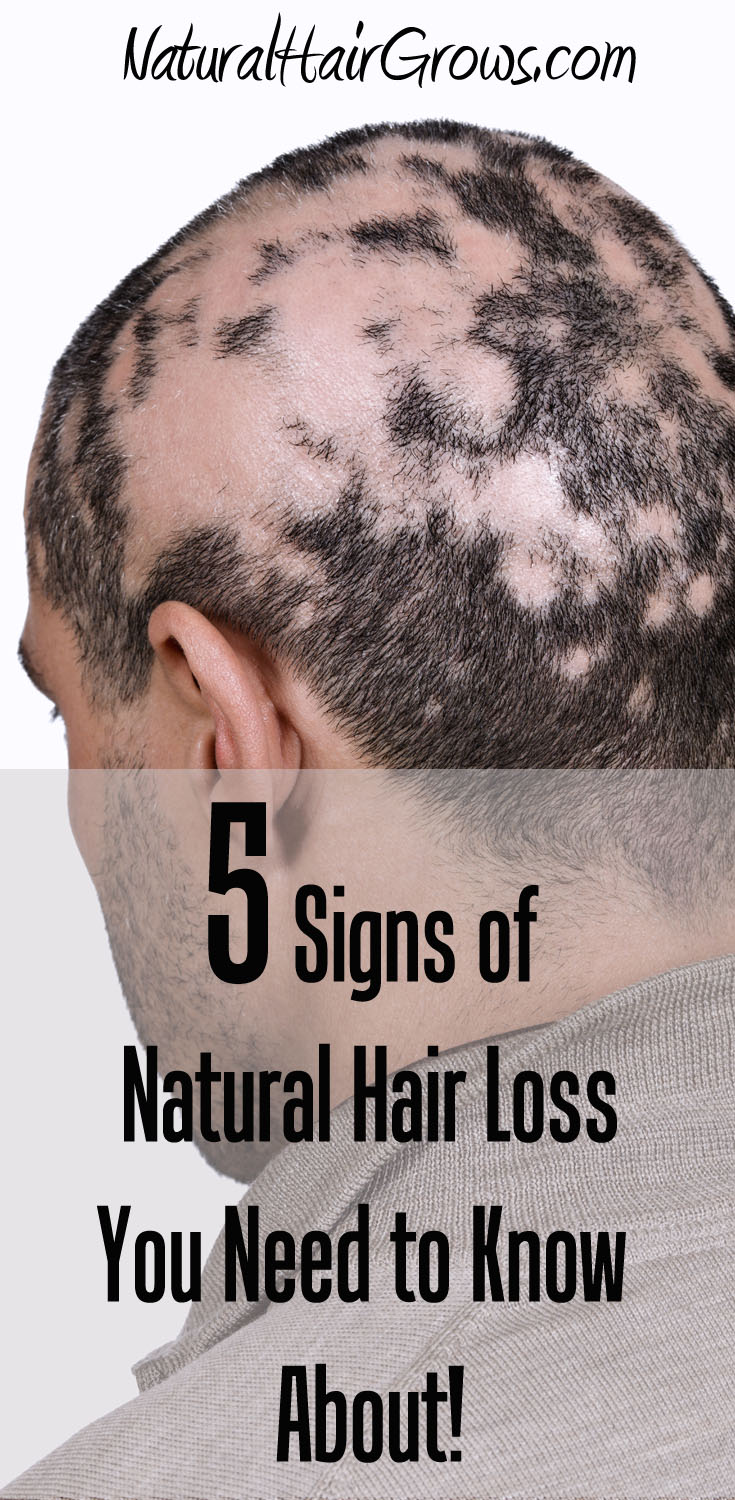Detangling Natural Hair Making You Knot Happy?

Detangling natural hair is a less traumatic experience for me now. Yet before, when I was combing from root to tip with my finer-toothed combs, it was a nightmare. The main reason for this was knots: sometimes, one, two or even three on a single hair strand. I didn’t immediately see them when I was detangling natural hair, but when my comb came into contact with them…Ouch! So of course I thought it was time for a trim.
However, almost like clockwork in a month or two, there they were again. I’d feel the knots stop the comb as if to say, “Where are you going?” and my scalp would yelp, “Ouch!” So about every two months, when the comb no longer went freely through the ends of my hair, I would get it trimmed, which was very self-defeating when you want to grow longer hair. However, as time passed I noticed that these knots weren’t on every hair strand. So after a little research, I found that dermatologists called these hair knots, “trichonodosis.” There are two kinds. The kind I will discuss here is associated with tightly curled hair which is spiral in shape. These knots are half-hitch knots like the one pictured below:

These knots are usually found on the lower part of the hair strand with fractures at the cuticle and exposure of the cortex where these knots form. (Scott, 1988) So now these knots are weak points on the hair strand since the cuticle layers are now bent into a knot shape, making detangling natural hair even more complicated. Yikes! Read here to see why exposing the cortex is a no-no.
Possible Causes of Trichonodosis:
Because tightly curled hair is not oval or round, like straight hair, but ribbon-shaped and does not lie flat, it creates spirals which when pulled and released may lead to entangled hair forming knots. (English & Jones, 1973)
Half-hitch knots have a pattern and possibly could be detangled if they are knot tight. (Sorry, I just couldn’t resist) No, but really… This tendency of spiral hair to tangle may lead to loose knots which are pulled tighter by friction and grooming (Scott, 1988) techniques like combing, and brushing.
I’ve also noticed that shed hair before leaving the scalp tends to tangle with other hairs forming knots on its way down the hair strand. I compare it to someone saying goodbye to everyone before leaving a party. Sentimental, but sometimes, he just can’t let go and forms very tight knots on his way out.
So where do we go from here? Possible Solutions:

Research suggests treatment of trichonodosis includes gentle hair care and a change of grooming practices. (Scott, 1988)
I suggest the following:
- Shampoo your hair in twists. If the hair is a fixed position like twists, tangles will be decreased.
- When detangling natural hair, gently start from the ends. Use wide tooth combs and finger combing together. Wide-tooth combs do not detangle natural hair perfectly. Sometimes you have to put down the comb and use your fingers, water and conditioner to dismantle a knot. The key is to try to attack the half-hitch knot when it’s loose rather than making it tighter with a comb.
- Styling should prevent friction and knot creation. Wearing the hair up means that hair is in a fixed position and is not forming meet and greet knots with all of the other spiral hair strands. This is a hard one because I like wearing my hair out and intend to do so when it gets to my desired length. However, because I know when my hair is out it means that it’s freely moving around tangling with other hair, I should keep it really moisturized so I can finger comb out any loose knots that may form into tighter ones.
- Wrap up your hair at night. Hair that's free during the night will be tangled and knotted in the morning.
- Use a safety pin and put the needle right in the middle of the knot and gently loosen it. This idea I stole from rusticbeauty on YouTube. (Updated 7/11/09)
- And sometimes, none of the above works. So I cut these knots with a pair of barber’s scissors if the knots are close to my ends. If they are too high up on my hair strand, I don’t cut it because I’m not losing the hair length. I do spot trims. Since I don’t straighten my hair, no one will notice these knots. So I don’t worry about them much anymore.
Wow! Natural hair is something else. To prevent breakage when detangling natural hair, we have to be aware that knots are apart of the equation of curly hair growth. Read here about a research study involving how detangling natural hair can lead to breakage.
References:
- English, D.T., & Jones, H.E. (1973) Trichonodosis
Archives of Dermatology,107, 77-79.
- Scott, D.A.(1988) Disorders of the Hair and Scalp in Blacks
Dermatologic Clinics, 6(3), 387-395.





